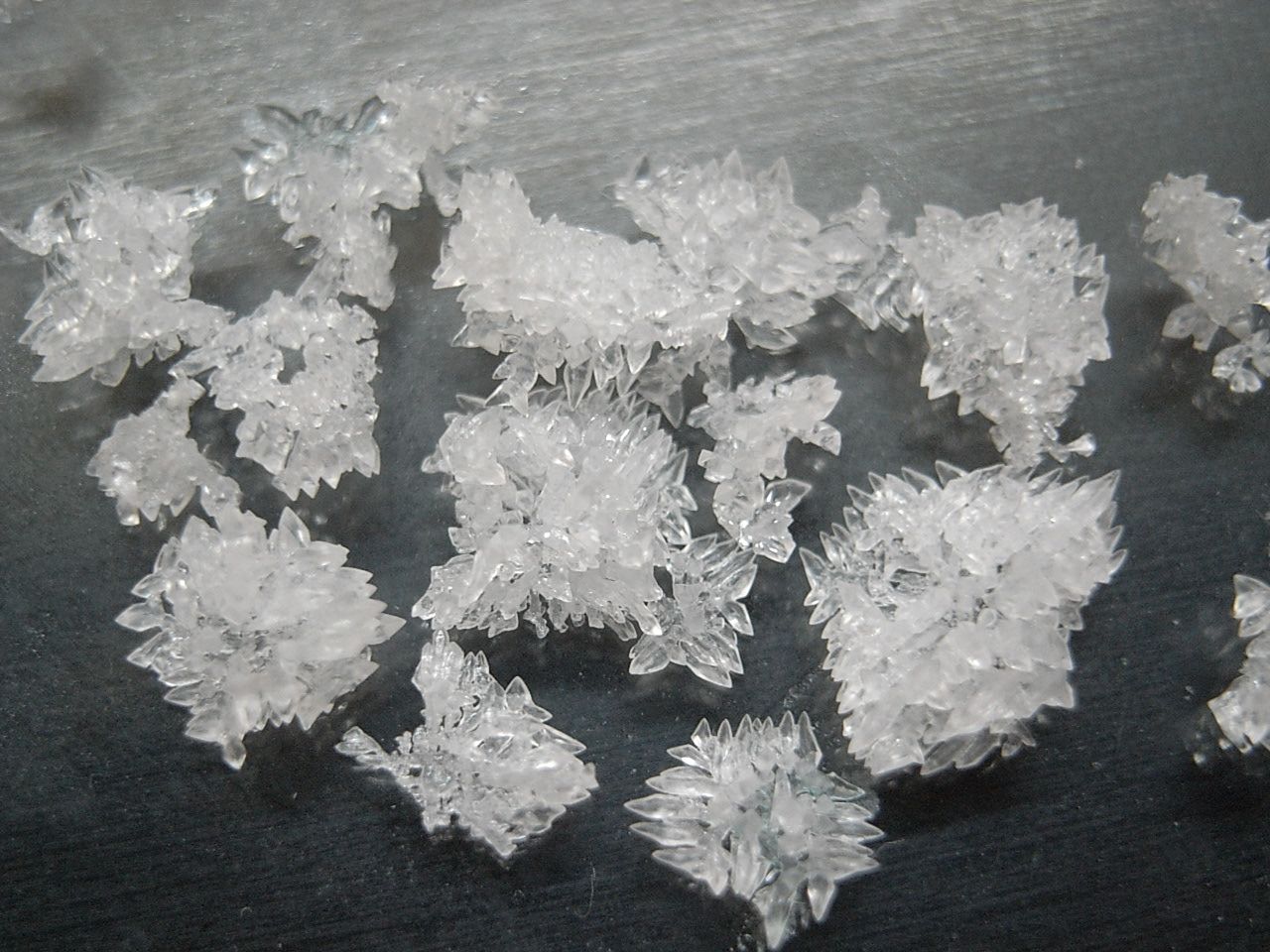Potassium iodide is one of the important derivatives of iodine in pharmaceuticals, disinfectants and polymer industry. Unlike potassium iodate, this compound is sensitive to direct light and moisture, and it is often oxidized to molecular iodine under such conditions, and its color changes from white to pale yellow.

The general and physical characteristics of potassium iodide are listed in the table below.

applications:
* Use in human and animal disinfectants such as iodine glycerin
* Nylon 6 and 6 thermal stabilizer
* Preparation of potassium iodate tablets for nuclear centers
* Laboratory applications in iodometric titrations
* In pharmaceuticals to make multivitamin mineral supplements and some expectorant drugs
* Treatment of some fungal infections such as sporotrichosis
Analysis of potassium iodide according to the USP method:
According to this method, the purity of potassium iodide should not be less than 99% and more than 101.5%.
Alkalinity test:
Dissolve 1 g of potassium iodide in 10 mL of water. Then add 0.1 mL of 0.1 normal sulfuric acid and then a drop of phenolphthalein indicator. No color should be seen.
Weight loss test due to heat:
Place it under the temperature of 105 degrees Celsius for 4 hours. It should not have more than 1% weight loss.
iodate test:
Dissolve 1.1 g of potassium iodide in 10 mL of distilled water free of CO2 and ammonia. Then transfer it into a test tube for color comparison. Add 1 mL of starch glue reagent and 0.25 mL of 1 N sulfuric acid and stir.
In the same volume, prepare the standard sample. This sample should contain 100 mg of potassium iodide and 1 mL of standard potassium iodate solution obtained by diluting 1 mL of potassium iodate 1:2500 with water to a volume of 100 mL.
Add 1 mL of starch glue reagent and 0.25 mL of 1 N sulfuric acid. The color of the sample should not be more than the color of the standard solution.
Nitrate, nitrite and ammonia test:
In a test tube with a capacity of 40 mL, dissolve 1 g of potassium iodide in 5 mL of water. Add 5 mL of 1 normal sodium hydroxide and about 200 mg of aluminum wire to it. Insert a cleaned linen cloth into the upper part of the tube and place a piece of wet red litmus paper on top of the test tube. Heat the test tube in a water bath for 15 minutes. The color of litmus paper should not turn blue.
Thiosulfate and barium test:
Dissolve 0.5 g of it in 10 mL of distilled water free of CO2 and ammonia and add 2 drops of 2 N sulfuric acid to it. No turbidity should be observed within one minute.
Determination of purity:
Weigh about 500 mg of potassium iodide and record its exact weight. Then dissolve it in 10 mL of water. Add 35 mL of concentrated HCl. Then titrate it with 0.05 M potassium iodate until the dark brown solution turns into pale brown. Then add 2 to 3 drops of Amaranth indicator and continue the titration slowly until the color changes from red to yellow.
Computing:
Each milliliter of 0.05 M potassium iodate solution is equivalent to 16.60 mg of potassium iodide.
Safety:
Potassium iodide is stable under normal temperature and pressure conditions. Its high concentration can cause skin and eye irritation. In case of skin or eye contamination, it should be washed frequently with cool water.
Storage method:
Store in a cool environment away from direct sunlight and extreme heat and in fully sealed containers and avoid storing any acid or strong base and strong oxidizing liquid next to it.





